October 3, 2025
Dressage Injuries: How to Keep Your Horse Healthy
Dressage demands elegance, strength, and precision from both horse and rider. The complex movements and intense training that create such a beautiful partnership also place significant physical demands on the horse. While any athletic activity carries a risk of injury, dressage often leads to specific types of chronic stress and strain.
Understanding these common dressage injuries is the first step toward prevention and effective management. Gladiator Equine will walk you through the most frequent health issues seen in dressage horses, their causes, and how you can keep your equine partner happy and healthy.
1. Suspensory Ligament Injuries
One of the most prevalent horse injuries in dressage is hindlimb suspensory ligament desmitis. This condition involves the inflammation or tearing of the suspensory ligament, a crucial structure that supports the horse’s lower leg.
- Causes: The repetitive stress from constant turns, work on artificial surfaces, and the hyperextension required for advanced dressage movements can overload this ligament. This is particularly common in the hindlimbs, where much of the power for dressage movements originates.
- Symptoms: Lameness, sensitivity to touch, and noticeable heat or swelling in the affected area are key indicators of a suspensory issue.
- Treatment & Prevention: Supporting the lower leg is vital. Gladiator Equine’s PTR™ Fetlock Wraps are designed to stabilize the joint and cushion against impact. They also boost circulation and reduce inflammation, which can aid in both preventing and healing these types of soft tissue injuries.
2. Muscle Soreness and Strains
Just like any athlete, dressage horses are prone to muscle soreness and more serious strains. These injuries occur when muscle fibers are overstretched or torn due to overuse.
- Causes: The demanding and repetitive nature of dressage training can lead to muscle fatigue and damage. Small tears and bruising can accumulate over time, resulting in significant pain and reduced activity.
- Symptoms: Signs of muscle injury can range from subtle stiffness and reluctance to work to obvious lameness, swelling, and heat in the affected muscle group.
- Treatment & Prevention: Proper recovery is key to muscle health. The PTR™ Blanket from Gladiator Equine utilizes therapeutic ceramic technology to improve circulation and promote muscle relaxation. Using it can help prepare muscles for work and accelerate post-exercise recovery, reducing soreness and preventing more serious strains.
3. Arthritis and Joint Problems
Arthritis, or the inflammation and degeneration of joint cartilage, is another common issue for dressage horses. The high-impact, weight-bearing movements put immense stress on their joints.
- Causes: Repetitive motion from dressage can wear down the protective cartilage in joints over time. This leads to inflammation, pain, and reduced mobility.
- Location: Fetlocks, hocks, and even the neck and spine are particularly susceptible to developing arthritis in dressage horses.
- Treatment & Prevention: Management focuses on reducing inflammation and supporting joint health. In addition to veterinary care, using tools like our PTR™ Fetlock Wraps can help support vulnerable joints.
4. Hoof and Heel Problems
A horse is only as sound as its feet. The hoof must absorb tremendous force during dressage movements, which can lead to a variety of hoof and heel problems.
- Causes: The rigid hoof capsule bears a high weight load, which can cause inflammation in the structures within the foot, such as synovitis (inflammation of the synovial membrane) or coffin joint arthritis.
- Symptoms: Heel pain and general foot soreness are often the first signs that something is wrong. Your horse might seem reluctant to land on a particular part of its hoof.
- Treatment & Prevention: Protecting the hoof is essential. PTR™ Bell Boots offer more than just overreach protection. They shield the entire hoof and coronary band from impact and obstacles, boosting circulation to reduce inflammation and encourage healthy hoof growth.
Proactive Care for Your Dressage Partner
Preventing horse injuries before they happen is always the best strategy. In addition to using therapeutic gear, maintaining a calm and focused mindset during training is crucial for safety and mobility. A tense or anxious horse is more prone to making mistakes that can lead to injury.
Gladiator Equine’s Reign Ease® PRO and Plughz® Powered By Gladiator Equine, the next generation in earplug technology, are designed to help your horse remain calm and focused. Reign Ease® PRO is a training tool that helps enhance responsiveness, while our innovative equine earplugs muffle distracting noises, reducing stress in high-pressure environments. By creating a calm state, you improve communication and reduce the risk of accidents.
Support Your Horse’s Well-being
Your dressage horse gives you their all in the arena. Returning that dedication with proactive and thoughtful care is the best way to ensure a long and successful partnership. By recognizing the signs of common dressage injuries and using the right tools to prevent them, you can keep your horse comfortable and thriving.
Ready to give your horse the support it deserves? Explore our full range of therapeutic products designed to keep your equine athlete in peak condition.


